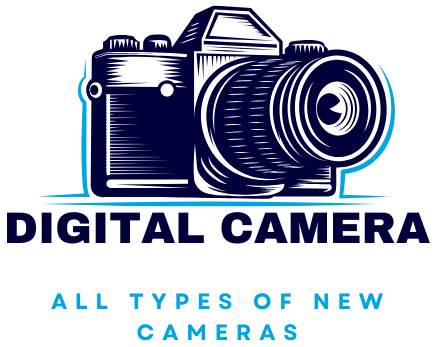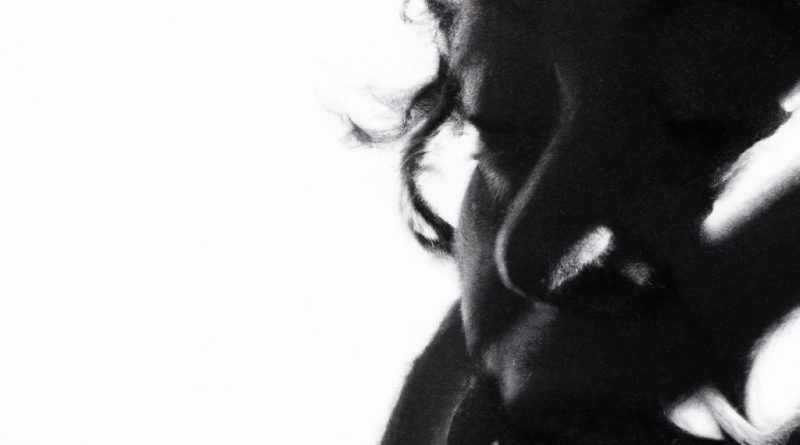How do I choose a camera that works well in low-light environments
| We have chosen the BEST photography digital camera with bargain price Now just for you ! Click HERE to check our different photography digital camera for your need. Team chose the BEST Digital Camera |
How to Choose a Camera That Works Well in Low-Light Environments
If you’re passionate about photography and love capturing moments in dimly lit settings, choosing the right camera for low-light environments is essential. In this guide, we will cover everything you need to know about selecting a low-light-pleasant camera, including key features to look for, practical tips, and the benefits of investing in the right equipment.
Why Low-Light Photography Matters
Low-light photography presents unique challenges that can transform ordinary moments into remarkable ones. Whether you’re shooting indoors, during sunset, or at night, the ability to capture detail and color without excessive noise can elevate your photography skills.Here are some benefits of mastering low-light photography:
- Enhanced creativity and artistic expression
- The ability to capture special moments in varying conditions
- Improved understanding of camera settings and techniques
Key Features to Consider When Choosing a Low-Light Camera
When selecting a camera that excels in low-light situations, consider the following features:
1. Sensor Size
A larger sensor typically gathers more light, resulting in clearer images and less noise. Cameras wiht Full Frame and APS-C sensors are ideal for low-light photography.
2. aperture
A wide aperture (small f-number) allows more light to enter the lens. Look for lenses with f/1.8 or wider apertures for optimal performance in dim environments.
3. ISO Range
The ISO controls the camera’s sensitivity to light. Cameras with broader ISO ranges allow you to capture more detail in low-light conditions without introducing significant noise.
4. Image Stabilization
Opt for cameras equipped with Optical Image stabilization (OIS) or In-body Image Stabilization (IBIS) to minimize blur from shaky hands in low-light settings.
5. Autofocus Performance
Fast and accurate autofocus is crucial in low-light situations. Cameras that feature low-light autofocus capabilities ensure you can capture sharp images quickly.
Practical Tips for Low-light Photography
Here are some practical tips to enhance your low-light photography experience:
- Use a tripod: A stable base prevents shake and allows for longer exposure times without blurring.
- experiment with longer exposure: This technique can help capture more light but be mindful of movement in your frame.
- Adjust your settings: Optimize ISO,aperture,and shutter speed for the best results. Consider using manual mode for more control.
- Utilize natural light: If available, take advantage of ambient light sources such as streetlights or candles.
- Post-processing: Editing software can help correct noise and enhance details in your low-light images.
Case Studies: Triumphant Low-Light Photography
Here are a couple of case studies illustrating the effectiveness of choosing the right camera and settings:
Case Study 1: Nighttime Street Photography
Photographer Jane used a Full Frame DSLR with an f/1.4 lens during a city festival at night. By setting a high ISO and using a tripod, she captured vibrant street scenes filled with detail, proving that the right gear and settings can lead to stunning results.
Case Study 2: Low-Light Indoor Events
John,an event photographer,opted for a mirrorless camera with excellent low-light performance. He paired it with a f/2.8 lens and utilized natural light from nearby lamps. His ability to quickly adjust settings helped him capture stunning moments during the event, despite the challenging lighting conditions.
First-Hand experience: Selecting My Low-Light camera
When I was on the hunt for a camera that could perform well in low-light situations, I considered various models and specifications. After trying different options, I decided on a mirrorless camera with a Micro Four Thirds sensor and a fast, prime lens. The combination of a 25mm f/1.8 lens and effective image stabilization made a significant difference in my low-light photography. I could capture images at lower shutter speeds without losing clarity, and the camera’s compact size made it easy to carry around during events.
Comparative Analysis: Top Low-Light Cameras
Below is a table comparing some of the best cameras for low-light photography currently available:
| Camera Model | Sensor Size | Max aperture | ISO Range | Weight |
|---|---|---|---|---|
| Canon EOS R6 | Full frame | f/1.2 | 100-102400 | 680g |
| Nikon Z6 II | Full Frame | f/1.8 | 100-51200 | 705g |
| Sony A7 III | Full Frame | f/1.8 | 100-51200 | 650g |
| Fujifilm X-T4 | APS-C | f/1.4 | 160-12800 | 607g |
Conclusion
choosing the right camera for low-light environments can substantially enhance your photography skills. By focusing on sensor size, aperture, ISO range, image stabilization, and autofocus performance, you can select a camera that meets your needs for capturing stunning images in dim lighting. Remember to practice and experiment with different techniques to maximize your camera’s capabilities.
Investing in a low-light-friendly camera can unlock a world of creative opportunities, enabling you to capture beautiful moments irrespective of lighting constraints.Happy shooting!
| We have chosen the BEST photography digital camera with bargain price Now just for you ! Click HERE to check our different photography digital camera for your need. Team chose the BEST Digital Camera |

